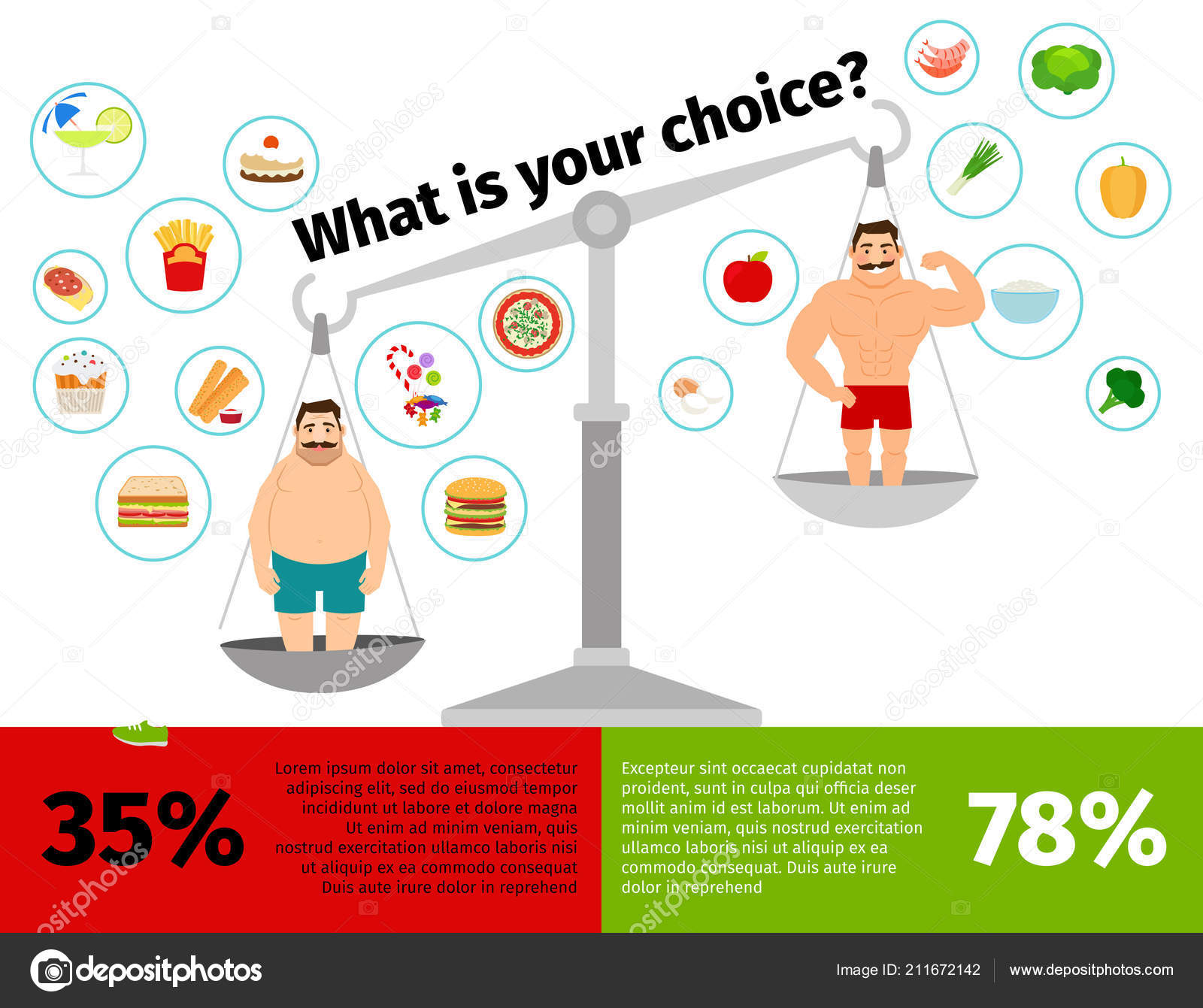Top Cold Laser Therapy Training Resources
Top Cold Laser Therapy Training Resources
Blog Article
Scientific Research on the Effectiveness of Cold Laser Method
Cold laser treatment is a beneficial device to help suffering administration and the recovery process. It is typically utilized in sports medicine, dermatology and acupuncture.
Cold lasers permeate deep right into cells and promote chemical modifications without heating them. They decrease inflammation and swelling, speed mobile task and increase recovery.
Theoretical Background
Unlike the high-intensity lasers that surgeons use to puncture cells, chilly laser therapy uses light-emitting diodes to penetrate right into your skin and advertise healing. As these photons reach broken cells, they start a chain reaction that increases your cells' manufacturing of enzymes and increases your body's all-natural healing processes.
The photons additionally minimize pain through the manufacturing of endorphins and boost your body's capability to drain swollen locations by causing vasodilation (the expansion of blood vessels). Therefore, it aids you recuperate from musculoskeletal injuries and discomfort more quickly.
Lots of people have heard about cool laser therapy from their physical therapist, chiropractic doctor or doctor and might be questioning how it functions. Unlike a lot of laser devices made use of in the clinical field, which in fact heat up tissue, our advanced devices produces cool laser beam that don't create any type of heating of your cells. This enables your body to receive the restorative benefits without causing any type of negative effects.
Scientific Trials
Cold laser treatment is frequently advised as a therapy option for individuals who have bone and joint pain and injuries. It can be made use of to decrease swelling, reinforce cells and accelerate the body's all-natural healing processes.
Non-thermal photons of red and infrared laser radiation are soaked up by the light sensitive components in cells and start a rise in intracellular metabolic process that raises cell reproduction, lowers inflammation, removes edema and shortens recovery time.
Unlike the light that is produced by sunshine or standard lights, laser light is identical (all wavelengths travel parallel), systematic and monochromatic. These residential properties permit laser energy to permeate deeper into the tissues.
Numerous professional trials have actually revealed that LLLT can be reliable in reducing pain in the bone and joint system. However, more properly designed studies are required to review the optimal settings for laser irradiation and to determine its performance in specific problems, such as dental mucositis in cancer patients getting radiation treatment or radiotherapy, and injury healing (including diabetic ulcers following hammertoe surgical treatment). This Aetna plan publication does not attend to various other uses of LLLT, including the treatment of various skin diseases.
Verdicts
Unlike medical lasers that can ruin quit smoking growths or coagulate tissue, cool laser treatment does not warm the body's cells. Rather, the light boosts your cells to create adenosine triphosphate, which speeds up the fixing procedure of damaged cells.
Aetna takes into consideration low-level laser (LLL) treatment medically required for the prevention of dental mucositis related to cancer cells therapy (radiation treatment, radiation treatment, hematopoietic stem cell hair transplant) and non-cancer therapies (such as radiodermal injury, fibromyalgia). Several studies revealed that LLT can be efficient in decreasing PU symptoms without adverse results. Nonetheless, differences in study layouts and laser dosimetry made contrast of the results difficult; RCTs with reduced danger of bias are needed. Making use of a 660 nm wavelength and higher energy thickness seems much more effective than the various other researched laser wavelengths. This could be due to the fact that the various other wavelengths may stimulate inflammatory procedures and trigger more negative effects. The impact of the type of laser used is likewise vital; the writers suggest that future research study focus on reviewing different sorts of lasers and their doses to figure out the optimum mix of laser parameters for PU prevention.
Recommendations
Cold laser treatment is used by dental practitioners to treat swollen gum tissue, medical professionals to alleviate discomfort caused by rheumatoid joint inflammation, and physiotherapists to speed the recovery of muscle, ligament, and tendon injuries. Numerous clinical insurance coverage plans cover this therapy.
Unlike hot lasers, which have a thermal impact on cells, cold lasers (also called low-level lasers) boost the cellular power of the skin. Photons from the laser light permeate into the cell, causing a collection of chemical changes that advertises regeneration and lowers inflammation.
In order to work, lasers should be properly configuration and used. This is why it is not a good idea to acquire an affordable over-the-counter laser gadget and try to treat yourself in the house. A qualified specialist is called for to guarantee that the tool is used appropriately to lessen the threat of eye injury and optimize its effectiveness. The laser tool must be gotten used to the appropriate setup, intensity, regularity, and position of the laser on the therapy location.